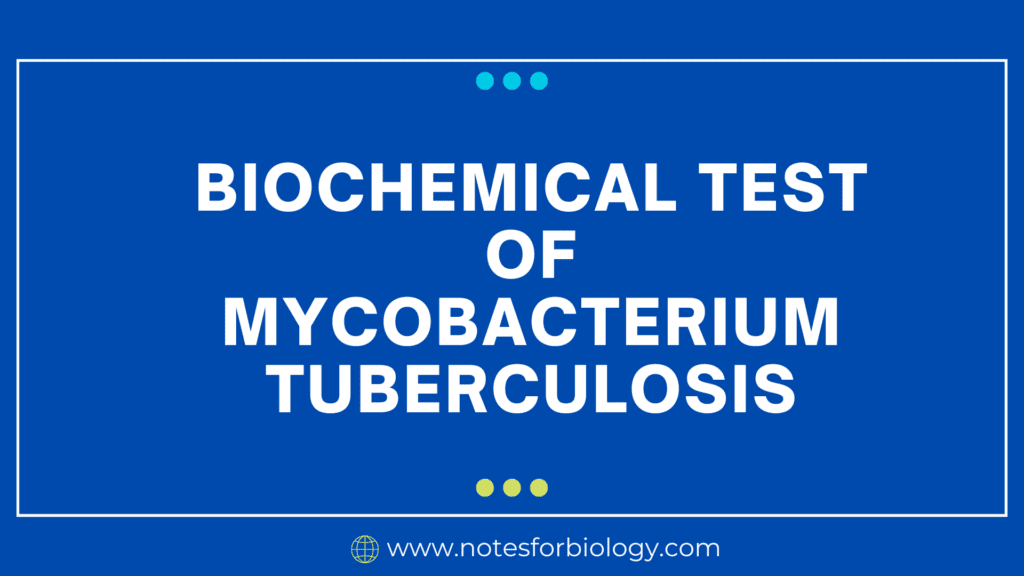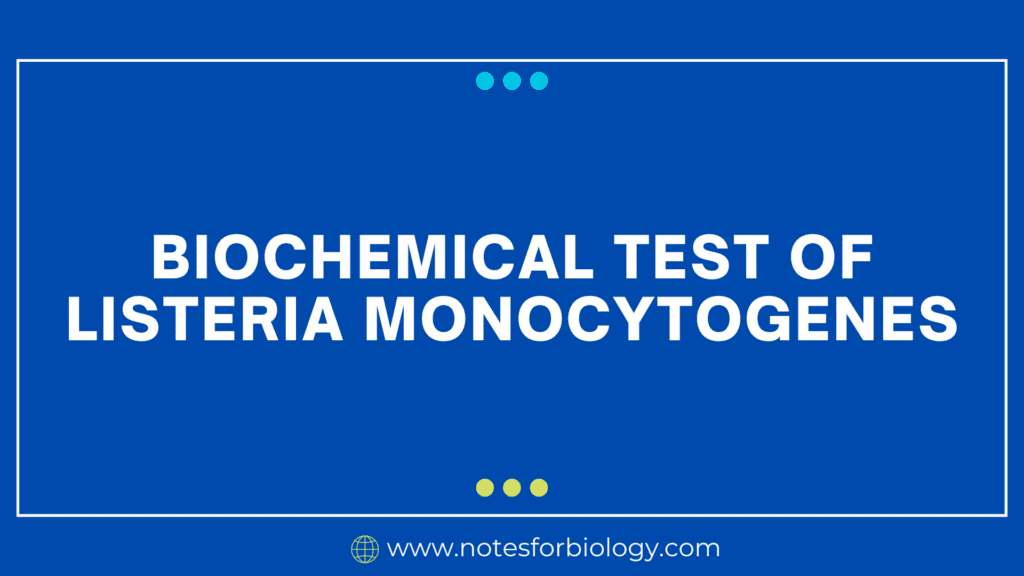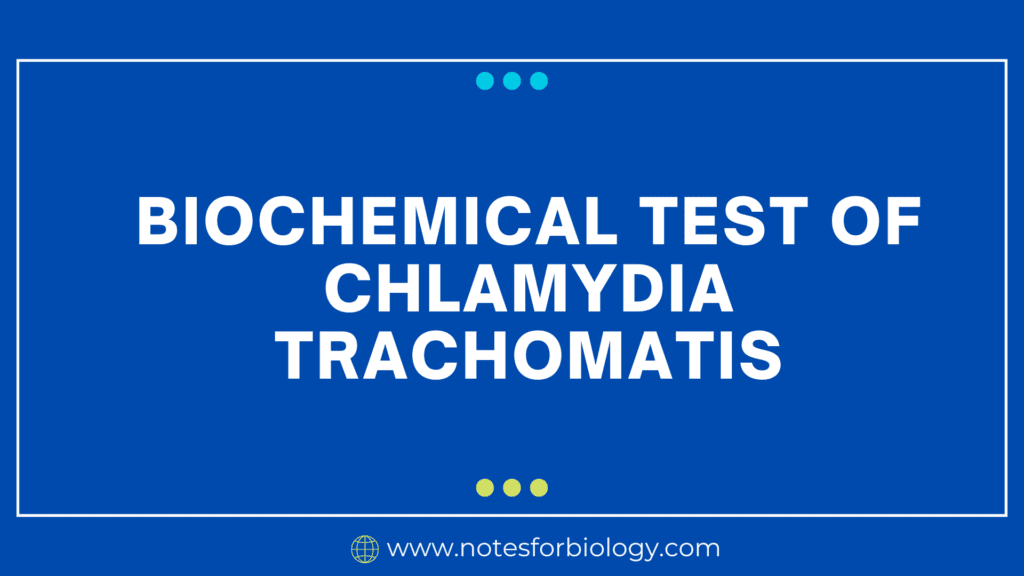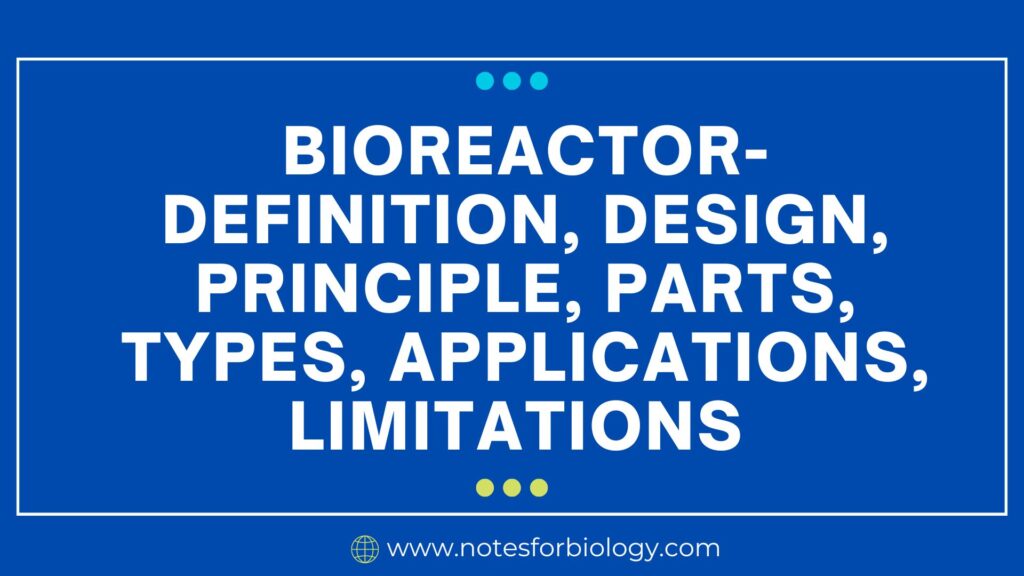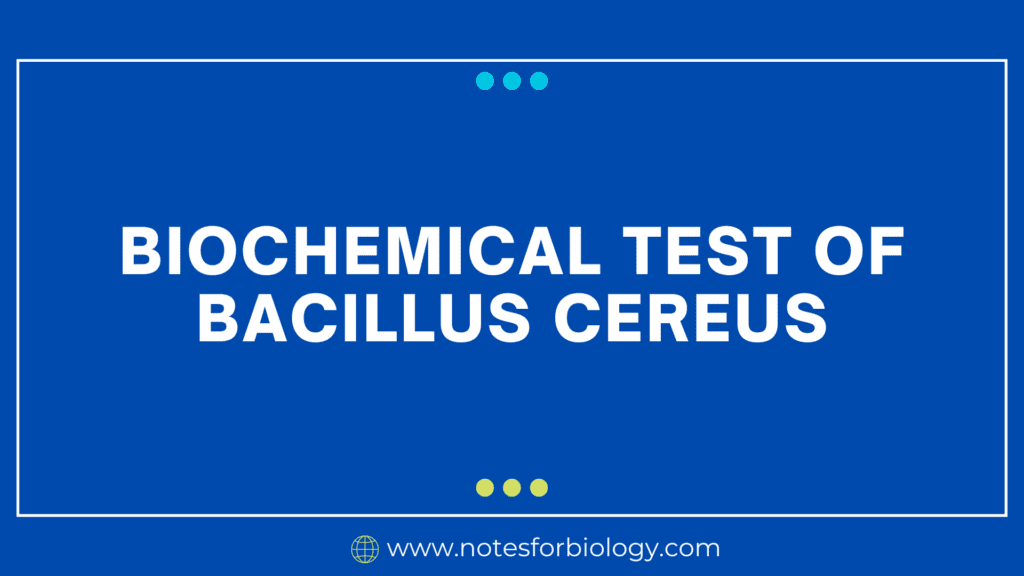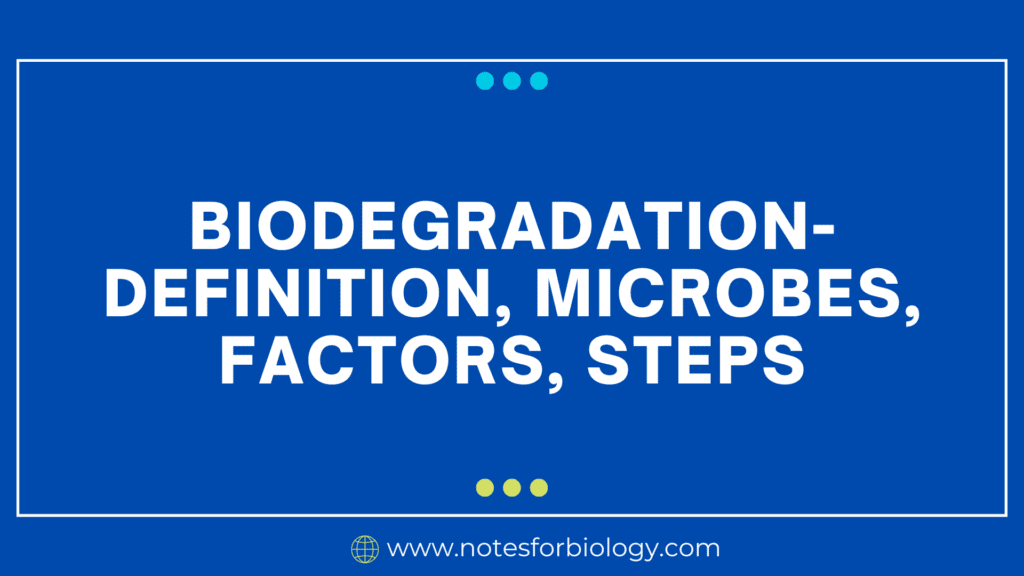Biochemical Test of Mycobacterium tuberculosis
Mycobacterium tuberculosis is pathogenic bacterium causes human tuberculosis (TB) .It is a distinct biochemical bacillus that reacts quickly to acid. A battery of tests is used to distinguish Mycobacterium tuberculosis from other mycobacteria and germs in order to identify it. The following is a summary of the essential biochemical tests and traits used to diagnose […]

